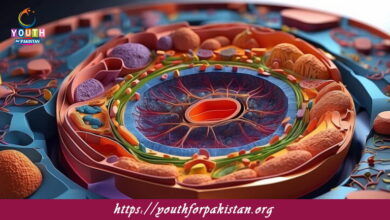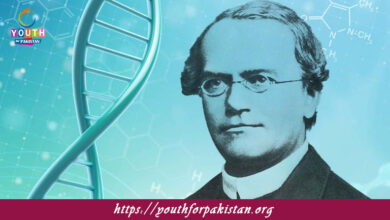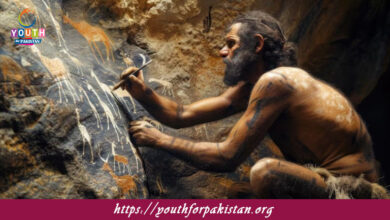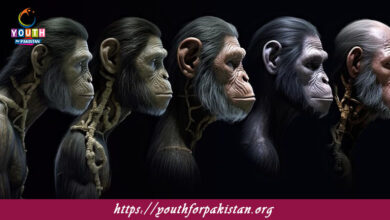Types Of Muscles MDCAT Quiz with Answers
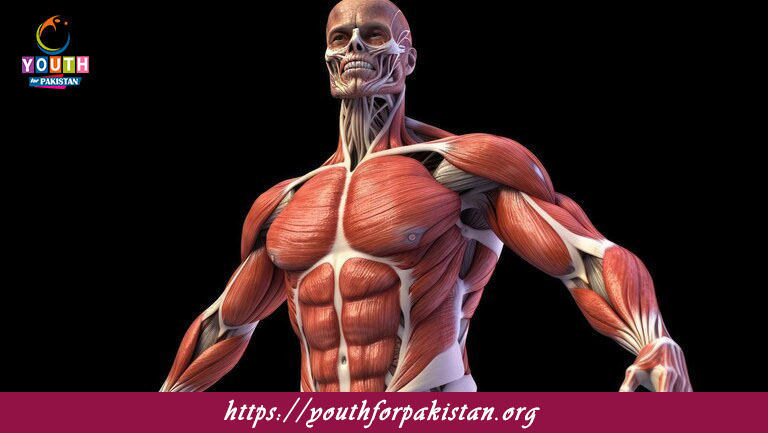
Types Of Muscles MDCAT Quiz: Muscles are specialized tissues that make the body move by contracting and relaxing to stimuli. There are three types of muscles in the human body: skeletal, smooth, and cardiac. Each one has a unique role in keeping the body’s functions going and in providing mobility. MDCAT students need to know the characteristics, functions, and locations of these muscle types. The MDCAT Quiz on muscle types will help test your knowledge of their structure and physiological functions.
Skeletal Muscle
Skeletal muscles are voluntary muscles that are attached to bones by tendons. These muscles are responsible for body movement, posture, and locomotion. Skeletal muscle fibers are long, striated, and multinucleated. They contract in response to signals from the nervous system, and their movements are under conscious control. Examples of such muscles are those used in walking, running, and lifting. The MDCAT Quiz will test your understanding of the structure of skeletal muscle fibers and how they contribute to coordinated body movements.
Smooth Muscle
Smooth muscles are involuntary muscles in the walls of internal organs, blood vessels, and the digestive tract. Unlike skeletal muscles, smooth muscles do not have striations and are under the control of the autonomic nervous system. Such muscles are responsible for actions such as peristalsis (the wave-like contraction that moves food through the digestive tract), controlling blood vessel diameter, and controlling the flow of air in the respiratory system. The MDCAT Quiz will test your knowledge of location and function, especially in controlling internal organ functions.
Cardiac Muscle
Cardiac muscle, which is unique to the heart, pumps blood through the body. It is considered to be an involuntary, yet striated type of muscle—much like skeletal muscle. The cardiac fibers are branched and linked together with intercalated discs, which enable a quick transmission of electrical impulses through the muscle, hence creating synchronized muscle contraction in every heartbeat. Learn quickly the characteristics of cardiac muscle and how they relate to its function within the circulatory system with a Flashcard on cardiac muscle characteristics.
Quiz on Types of Muscles
Take an MDCAT Quiz on the type of muscles; master the distinctions between skeletal, smooth, and cardiac muscles, and their functions within the body. The quiz covers muscle structure, contraction mechanisms, and the physiological functions performed by each type of muscle. The use of Free Flashcards will also reinforce this knowledge in such a way that you will be able to memorize the important details with greater ease for your MDCAT exam.

________ muscle is found in the walls of internal organs like the stomach and intestines.
Smooth muscle

________ muscle tissue is known for its ability to contract rhythmically and automatically.
Cardiac muscle
Experience the real exam environment with our expertly designed collection of over 25,000 MCQs MDCAT Mock Tests.


